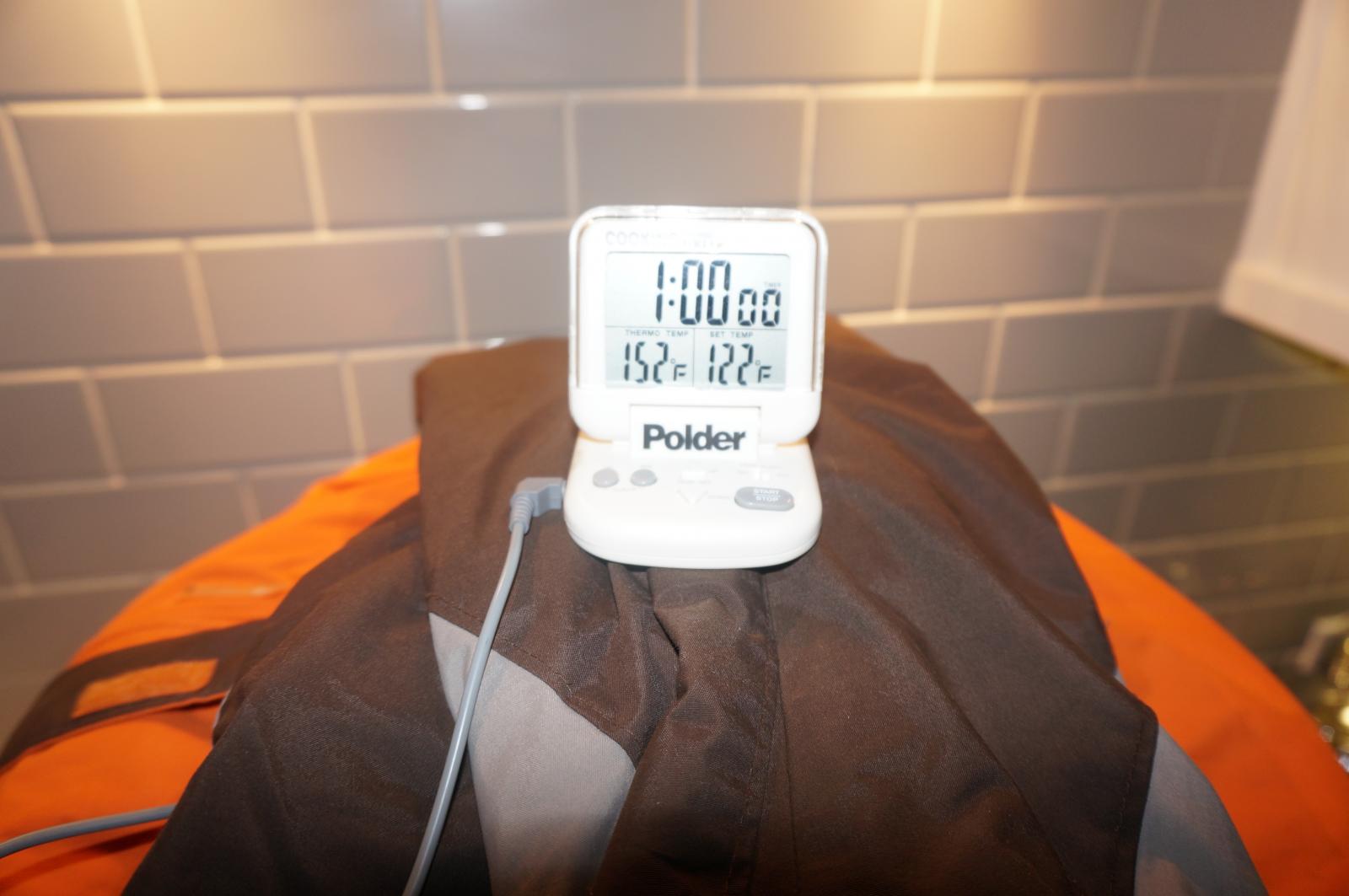I began my home-brewing career this year and have to admit; am completely hooked on the art and science of the craft. I am fortunate in that an ex-roommate of mine some years back, was a keen brewer allowing me to assist and enjoy the fruits of his labors. This provided me with some insight into the process prior to embarking on my own journey of discovery. Luckily, it was relatively early in the learning process that I discovered HBT. To say this forum is invaluable as a resource is to utilize hyperbole in the extreme.
The purpose of this post is merely to outline my methods and system that I have tweaked over the last year, in the hope it will assist others. I have endeavored to stick to proven methods rather than the, it works for me so it must be OK, approach. Im a stickler for details so accurate measurements, calibrated instruments and a neat and tidy work area are front and center in my approach to home-brewing.
I brew entirely indoors, in my kitchen which, once Im finished, needs to look cleaner than it did before I started. I utilize brew in a bag (BIAB) method which most readers will be familiar with. That last statement is a touch optimistic I fear, in that this post contains no innovative approaches, no new information, nor much in the way of wit. My readership is thus; likely negligible in magnitude. Nevertheless here it is.
The purpose of this post is merely to outline my methods and system that I have tweaked over the last year, in the hope it will assist others. I have endeavored to stick to proven methods rather than the, it works for me so it must be OK, approach. Im a stickler for details so accurate measurements, calibrated instruments and a neat and tidy work area are front and center in my approach to home-brewing.
I brew entirely indoors, in my kitchen which, once Im finished, needs to look cleaner than it did before I started. I utilize brew in a bag (BIAB) method which most readers will be familiar with. That last statement is a touch optimistic I fear, in that this post contains no innovative approaches, no new information, nor much in the way of wit. My readership is thus; likely negligible in magnitude. Nevertheless here it is.












































